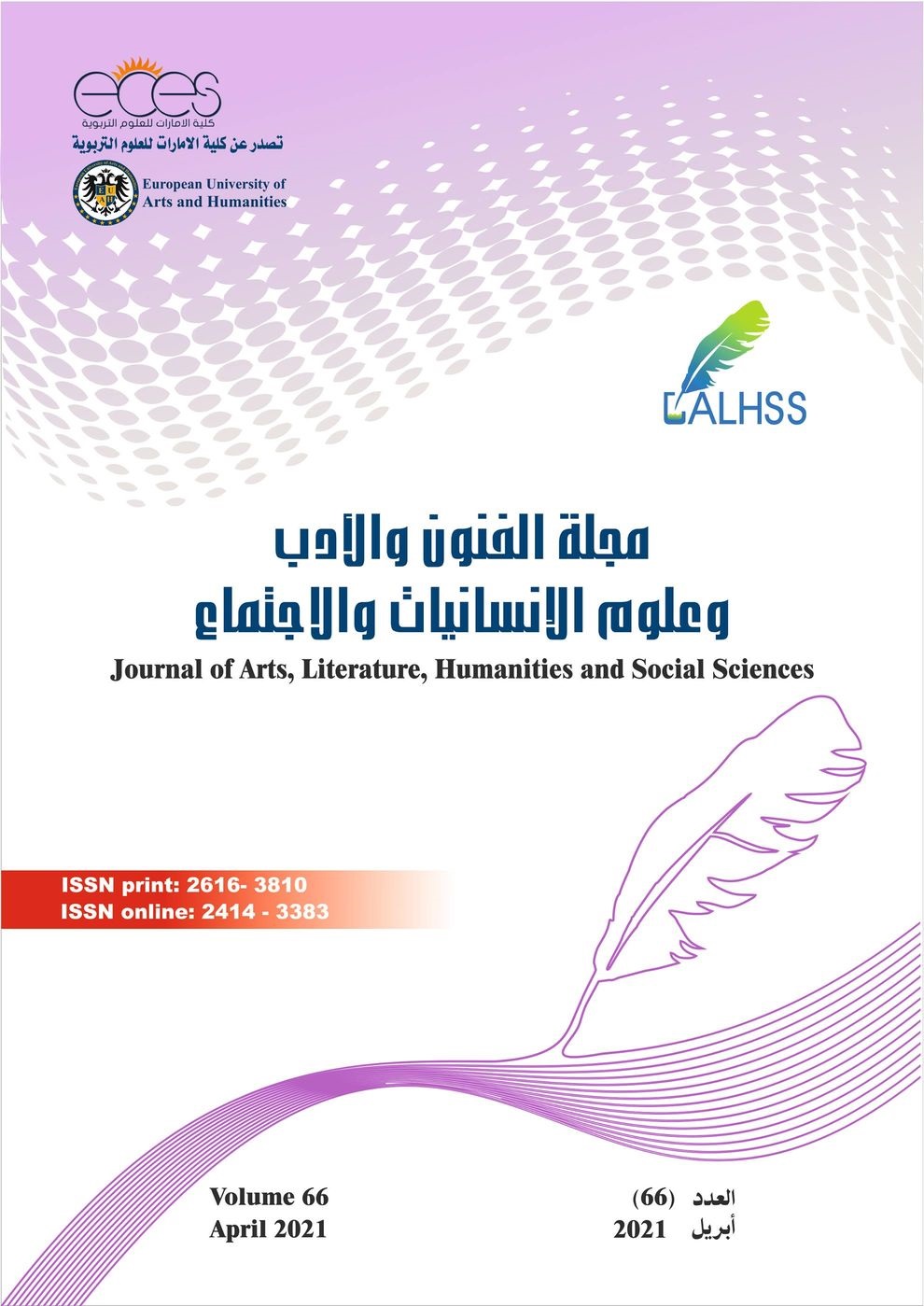The Image of Woman and the Concept of Male Gaze in George Bernard Shaw's Arms and the Man
Abstract
Laura Mulvey (1941- ), a British feminist theorist, is the first to introduce the concept of "male gaze" in her 1975 essay “Visual Pleasure and Narrative Cinema” critiquing that image of the objectified female in films. This theory came out of the context of the feminist movement shedding light on the problematic female portrayals claiming that women's existence can only be shown in patriarchal terms and in relation to men. Hollywood cinema produced several recurrent images of women in patriarchal societies rendering them passive and men active. In the present paper, I argue that Mulvey’s theory bearing a determining impression on the interpretation of the image of women as objects-to-be-gazed-at not only applies to films but also to drama. This research investigates the presentation of female characters in George Bernard Shaw’s Arms and the Man (1894) from this unique perspective employing Sigmund Freud's scopophiliac elements. It is found that Mulvey's concept is reinforced in the play by pre-existing patterns of fascination resulted from the social formations which already moulded that patriarchal society in the Victorian era. In the play, Raina, Catherine and Louka are presented as passive, pretty faces to be gazed at, in contrast to the leading male characters- Sergius, Bluntschli and Petkoff- who are seen as active, war-like creatures reflecting a lack that determines women unequal to men in every aspect and thus endorsing dehumanization of women. In Shaw’s dramatic performance under investigation, women lack men's distinguished traits and this lack, consequently, plays a significant role towards the construction of the symbolic male gaze. Gender power is found to be a controlling force not only in films but in theatre too and that is deeply rooted in patriarchal ideologies and discourses.
References
2. Aristotle (384-322 BC/2017). Poetics, translated by Ingram Bywater. Digireads.com Publishing.
3. Baxter, J. (2003). Positioning Gender in Discourse: A Feminist Methodology. Basingstoke: Palgrave Macmillan.
4. Bharata–Muni. (1st-3rd BC / 1967). The Nāṭyaśāstṛa Vol. I (Chapters I-XXVII) translated and edited by Manomohan Ghosh. Calcutta: Manisha Granthalaya Private Ltd.
5. Freud, Sigmund (1905). Three Essays on the Theory of Sexuality. In The Standard Edition of the Complete Psychological Works of Sigmund Freud, Volume VII (1901-1905): A Case of Hysteria, Three Essays on Sexuality and Other Works (pp. 123-246). http://www.english.upenn.edu/~cavitch/pdflibrary/Freud_SE_Three_Essays_complete
6. Freud, Sigmund (1909). Analysis of a Phobia in a Five-Year Old Boy. In James Strachey (ed. & trans.), The Standard Edition of the Complete Psychological Works of Sigmund Freud, Vol. 10 (pp. 1-150). London: Hogarth Press.
7. Glapka, Ewa (2018). ‘If You Look at Me Like at a Piece of Meat, then that’s a Problem’ – Women in the Center of the Male Gaze. Feminist Poststructuralist Discourse Analysis as a Tool of Critique. Critical Discourse Studies, 15(1): 87-103. DOI: 10.1080/17405904.2017.1390480
8. Gledhill, C. (1988). Pleasurable Negotiations. In E. Pribham Deirdre (Ed.), Female Spectators: Looking at Film and Television (pp. 64–77). London: Verso.
9. Gounaridou, Kiki (ed.) (2011). Text and Presentation. Jefferson, NC: McFarland.
10. Graham, Philip (2014). Bernard Shaw’s Neglected Role in English Feminism 1880-1914. Journal of Gender Studies, 23(2): 167-183. DOI: 10.1080/09589236.2013.783461
11. Lazar, M. M. (Ed.). (2005). Feminist Critical Discourse Analysis. Gender, Power and Ideology in Discourse. Basingstoke: Palgrave Macmillan.
12. Leach, Robert (2008). Theatre Studies: The Basics. London and New York: Routledge.
13. Mulvey, Laura (1975). “Visual Pleasure and Narrative Cinema.” In Leo Braudy and Marshall Cohen (Eds.) (1999), Film Theory and Criticism: Introductory Readings (pp. 833-44). New York: Oxford UP.
14. Oliver, Kelly (2017). The Male Gaze is More Relevant, and More Dangerous Than Ever. New Review of Film and Television Studies, 15(4): 451-455. DOI: 10.1080/17400309.2017.1377937
15. Pavis, Patrice (1998). Dictionary of the Theatre: Terms, Concepts and Analysis, trans. Christine Shantz. Toronto: Toronto University Press.
16. Ponterotto, D. (2016). Resisting the Male Gaze: Feminist Responses to the “Normatization” of the Female Body in Western culture. Journal of International Women’s Studies, 17(1), 133–151.
17. Read, Alan (1993/2004). Theatre and Everyday Life: An Ethics of Performance. London: Routledge.
18. Rodosthenous, G. (ed.) (2015). Theatre as Voyeurism: The Pleasure of Watching. London: Palgrave Macmillan. DOI: 10.1057/9781137478818
19. Sassatelli, Roberta (September 2011). "Interview with Laura Mulvey: Gender, Gaze and Technology in Film Culture". Theory, Culture & Society. 28 (5): 123–143.
20. Shaw, G. B. (1898/2016). Arms and the Man. pdf copy from forgottenbooks.com



